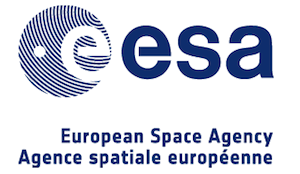The X-ray telescopes must be very different from optical telescopes. Because of their high-energy, X-ray photons penetrate into a mirror in much the same way that bullets slam into a wall. Likewise, just as bullets ricochet when they hit a wall at a grazing angle, so too will X-rays ricochet off mirrors.T he mirrors have to be exquisitely shaped and aligned nearly parallel to incoming X-rays. Thus they look more like glass barrels than the familiar dish shape of optical telescopes. The invention consists in a method of assembling mirror plates into an optical module or unit. It is thought for assembling glass mirror plates for an X-ray telescope, but indeed it has other sector applications possibilities. The current problems mounting the X-ray mirror plates are solved with this invention The mirror plates are assembled with high precision into a rigid optical unit and suitable mounting interfaces have to be provided for integration onto an optical bench.
Regarding the current X-ray telescopes, the mirrors, must to be exquisitely shaped and aligned nearly parallel to incoming X-rays. The current problems mounting the X-ray mirror plates are solved with this invention. It is a really solid method and technology, which already is being applied and implemented in several projects of the ESA. The concept presents high competitiveness level. The method has been patented. X-ray photons penetrate into a mirror because of their high-energy. The method described in the invention may be applicable in all the technologies which include X-ray proton captions, such as X-ray Medical Imaging systems, material testing technologies for quality controls, security inspection systems and particle telescopes, among others.
N.A.
X-ray photons penetrate into a mirror because of their high-energy. The method described in the invention may be applicable in all the technologies which include X-ray proton captions, such as X-ray Medical Imaging systems, material testing technologies for quality controls, security inspection systems and particle telescopes, among others.
Veronica La Regina







